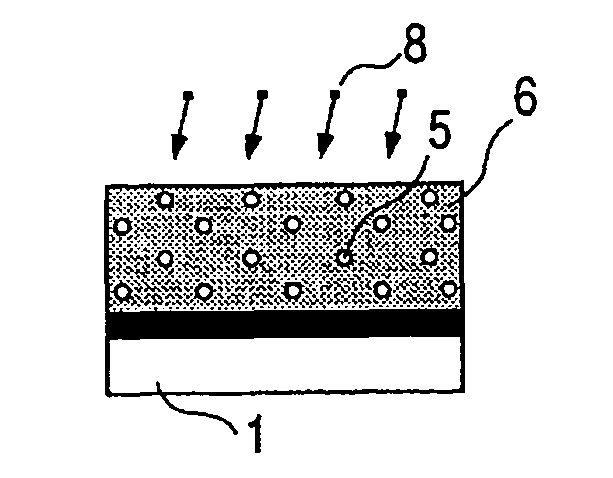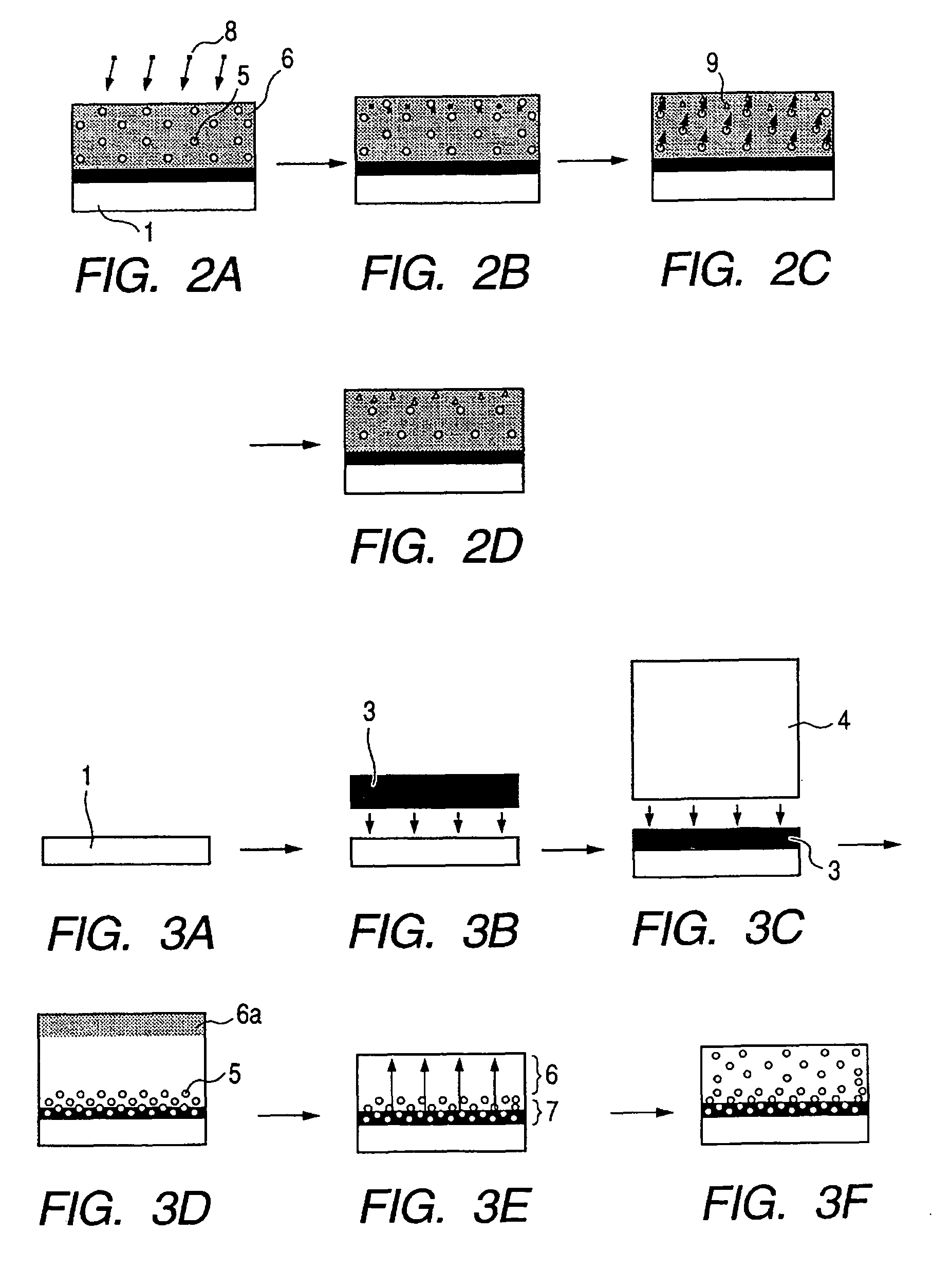Article having microporous body part, production method of ink medium, diffusion method of sulfur-containing organic acid into microporous layer, production method of article having meicroporous body part, and inkjet recording medium produced therefrom
a technology of microporous body and production method, which is applied in the direction of duplication/marking methods, thermography, coatings, etc., can solve the problems of yellowing, yellowing to occur, and yellowing to be prevented to an acceptable degree, so as to eliminate yellowing risk, effectively eliminate yellowing risk, effect of eliminating yellowing risk
- Summary
- Abstract
- Description
- Claims
- Application Information
AI Technical Summary
Benefits of technology
Problems solved by technology
Method used
Image
Examples
example 1
Support Preparation
[0152]First, a support was produced in accordance with the following. A slurry consisting of 80 parts by weight of laubholz bleached kraft pulp (LBKP) having a 450 ml CSF (Canadian Standard Freeness) freeness and 20 parts by weight of nadelholz bleached kraft pulp (NBKP) having a 480 ml CSF freeness was charged with 0.60 parts by weight of cationized starch, 10 parts by weight of heavy calcium carbonate, 15 parts by weight of light calcium carbonate, 0.10 parts by weight of alkylketenedimer and 0.03 parts by weight of cationic polyacrylamide. The resulting mixture was adjusted, and then made into paper using a Fourdrinier paper machine. The formed paper was subjected to a three stage wet press, and the resulting product was dried using a multi-barreled dryer. Next, the dried product was impregnated using a size press with aqueous oxidized starch such that the solid content was 1.0 g / m2. The impregnated product was dried, then finished with a machine calendar, to t...
example 2
[0161]An ink receiving layer was formed in the same manner, except that the overcoating solution pH of Example 1 was adjusted to 6.0 using 0.05 N nitric acid, and then the total amount was adjusted to 100 g using ion-exchange water.
example 3
[0162]An ink receiving layer was formed in the same manner, except that the overcoating solution pH of Example 1 was adjusted to 6.2 using 0.05 N nitric acid, and then the total amount was adjusted to 100 g using ion-exchange water.
PUM
| Property | Measurement | Unit |
|---|---|---|
| depth | aaaaa | aaaaa |
| pH | aaaaa | aaaaa |
| pH | aaaaa | aaaaa |
Abstract
Description
Claims
Application Information
 Login to View More
Login to View More - R&D
- Intellectual Property
- Life Sciences
- Materials
- Tech Scout
- Unparalleled Data Quality
- Higher Quality Content
- 60% Fewer Hallucinations
Browse by: Latest US Patents, China's latest patents, Technical Efficacy Thesaurus, Application Domain, Technology Topic, Popular Technical Reports.
© 2025 PatSnap. All rights reserved.Legal|Privacy policy|Modern Slavery Act Transparency Statement|Sitemap|About US| Contact US: help@patsnap.com



